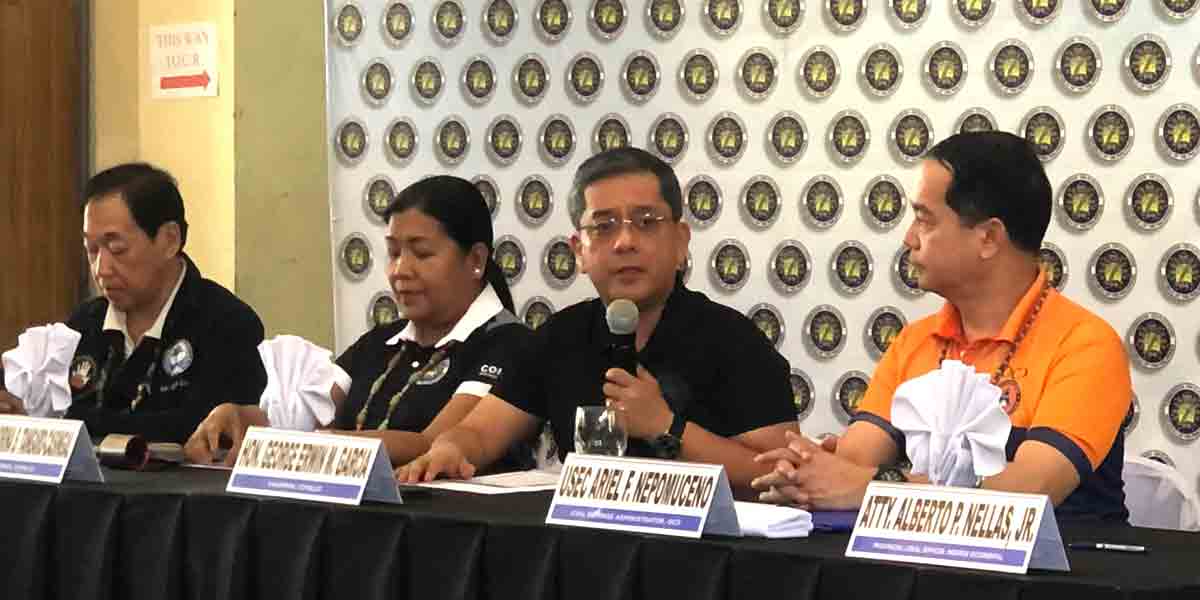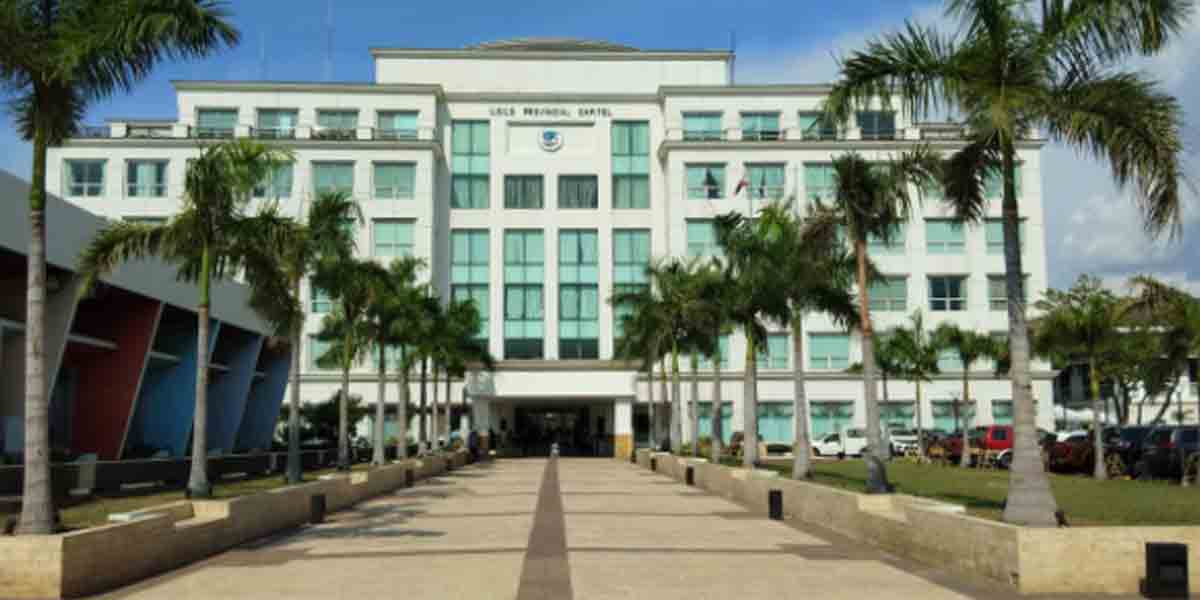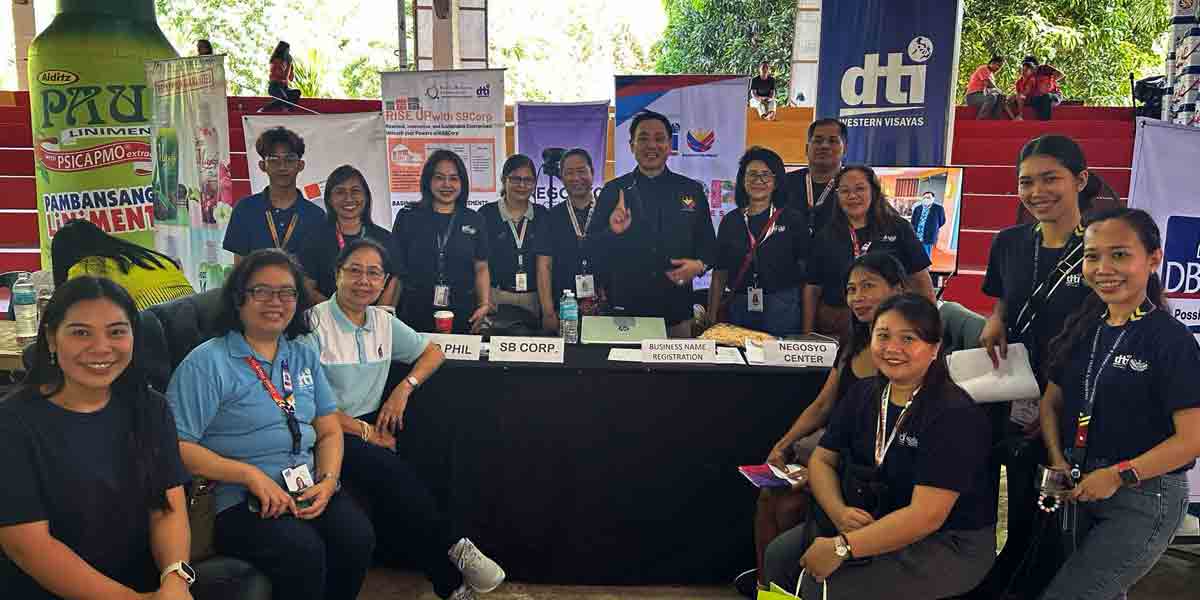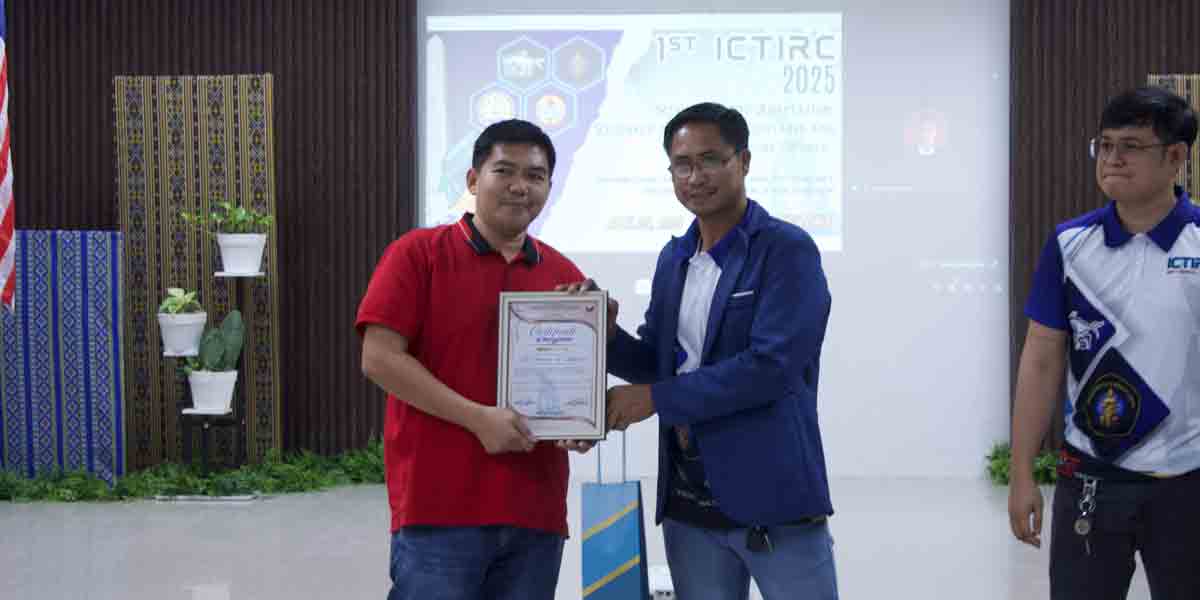By Ken Lerona
In the past month, I had the opportunity to deliver keynote addresses in Iloilo and conduct a series of workshops on hyperlocalized marketing in Baguio, Cagayan de Oro, Cebu, and Metro Manila. More than just speaking engagements, these were immersive experiences—an opportunity to engage with business leaders, entrepreneurs, and local market players who operate in the heart of our provinces. I listened to those who know their customers best, from store managers in the highlands of Northern Luzon to industry leaders navigating Visayas and Mindanao’s diverse consumer landscape.
What struck me in these conversations was a recurring realization: the Philippine market is not just one market. It is a tapestry of cultures, each with distinct economic foundations, livelihoods, and consumer behaviors. A one-size-fits-all approach to marketing does not work here. The way a business thrives in Cebu may not resonate in Baguio. What excites consumers in Cagayan de Oro may not appeal to those in Metro Manila. Hyperlocalization, therefore, is not just a strategy—it is a necessity.
The Many Faces of the Philippine Market
The Philippines is a country of distinct identities. In the Visayas, particularly in Cebu and Iloilo, there is a strong sense of cultural pride and a discerning market that values relationships. In Luzon’s northern regions, communities are built around heritage and agricultural resilience, influencing how people make purchasing decisions. Mindanao, with its rich natural resources and growing industries, presents a different dynamic—one that blends tradition with emerging economic opportunities.
It’s not enough for businesses to acknowledge these differences; they must embed them into their strategies. When a brand understands the cultural fabric of a community, it speaks in a way that is not just heard but felt. Hyperlocalization means going beyond translations—it’s about understanding aspirations, struggles, and unspoken expectations. It’s about integrating products and services into the everyday lives of people in a way that feels natural and indispensable.
Hyperlocalization: More Than Just Language
Many assume that hyperlocalization is merely about translating marketing materials into the local language—speaking in Cebuano for Cebu, Hiligaynon for Iloilo, or Ilocano for Northern Luzon. But it is much deeper than that. Speaking the language of the market is not just about words; it is about context. It means living and breathing the realities of the people you want to serve. It is about understanding why Ilonggos value gentleness in communication, why Warays are known for their resilience, or why Bicolanos have a deep affinity for tradition and strong flavors.
This level of understanding allows brands to personalize their approach at different levels—regional, provincial, zonal, or even down to a single store. A successful hyperlocalized strategy recognizes that a customer in Cebu City may have different motivations from one in a smaller town in Northern Cebu. It acknowledges that an Ilocano entrepreneur may prioritize practicality and long-term value over short-term trends. Brands that grasp these nuances are the ones that stand out and earn lasting loyalty.
AI and Hyperlocalization: A Powerful Combination
In the age of AI, hyperlocalization has never been more crucial. AI allows businesses to gather and analyze vast amounts of data, identifying patterns in customer behavior and preferences at an unprecedented scale. But AI alone is not enough. While it can generate insights, it is the human touch that translates these insights into meaningful experiences.
AI can help automate customer interactions, personalize recommendations, and streamline operations, but true hyperlocalization still requires human intuition. It is the warmth of a personalized greeting in a provincial store, the recognition of local festivities in marketing campaigns, or the subtle adjustment of a product offering to better fit regional tastes. AI enhances hyperlocalization, but it is the combination of data-driven insights and human empathy that makes it truly effective.
Businesses Need to Think Locally
For brands—whether local, national, or global—that operate in the Philippine countryside, hyperlocalization should not be an afterthought. It should be at the core of their strategy. Understanding the market, identifying pain points, and empathizing with consumer needs are non-negotiables. The businesses that win are those that see beyond demographics and delve into the deeper cultural and economic drivers of each locality.
Hyperlocalization is not a passing trend; it is a long-term commitment to being relevant in the lives of consumers. It is what separates businesses that merely operate in the countryside from those that truly belong there. As our economy continues to grow and evolve, those who master the art of hyperlocalization will not only survive—they will lead.
I look forward to more conversations, more learning, and more collaborations in this space. Let’s build businesses that not only reach the market but truly connect with it.
___
Ken Lerona is a marketing and branding leader with over 20 years of experience. He conducts talks and workshops for private and government organizations and consults on innovation and reputational risk management. Connect with him on LinkedIn at www.linkedin.com/in/kenlerona.





















